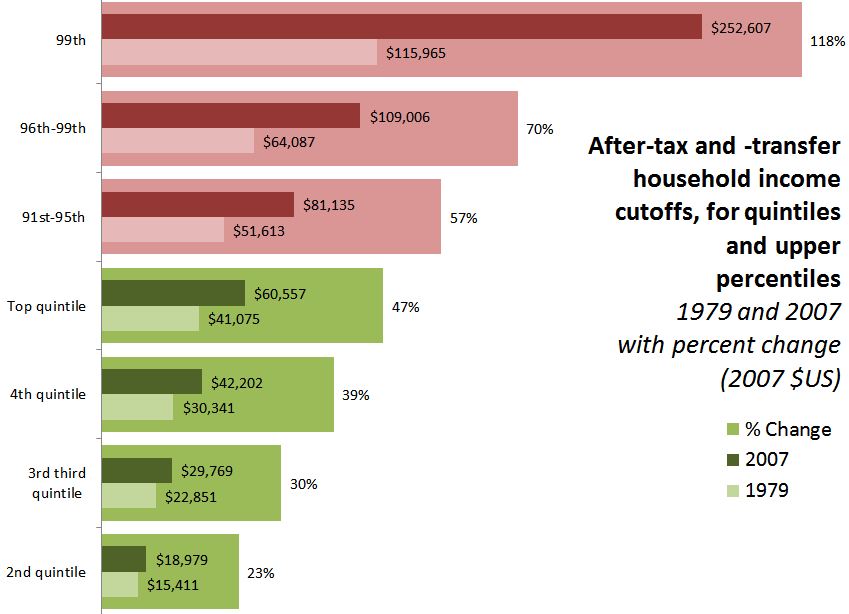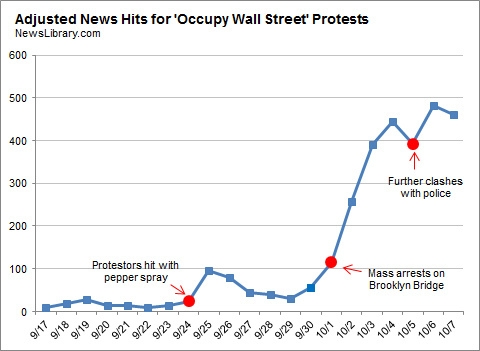 The author of Soundbitten: The Perils of Media-Centered Political Activism, Tufts University sociology professor Sarah Sobieraj is a reigning expert on media and social movements in the U.S. In the four minute clip below, she discusses what it is about the Occupy Movement that has led to such favorable coverage. This includes an answer to the now ubiquitous question: “Is their message too broad?”
The author of Soundbitten: The Perils of Media-Centered Political Activism, Tufts University sociology professor Sarah Sobieraj is a reigning expert on media and social movements in the U.S. In the four minute clip below, she discusses what it is about the Occupy Movement that has led to such favorable coverage. This includes an answer to the now ubiquitous question: “Is their message too broad?”
Clip at MyFoxBoston, via Citings and Sightings.
Lisa Wade, PhD is an Associate Professor at Tulane University. She is the author of American Hookup, a book about college sexual culture; a textbook about gender; and a forthcoming introductory text: Terrible Magnificent Sociology. You can follow her on Twitter and Instagram.









